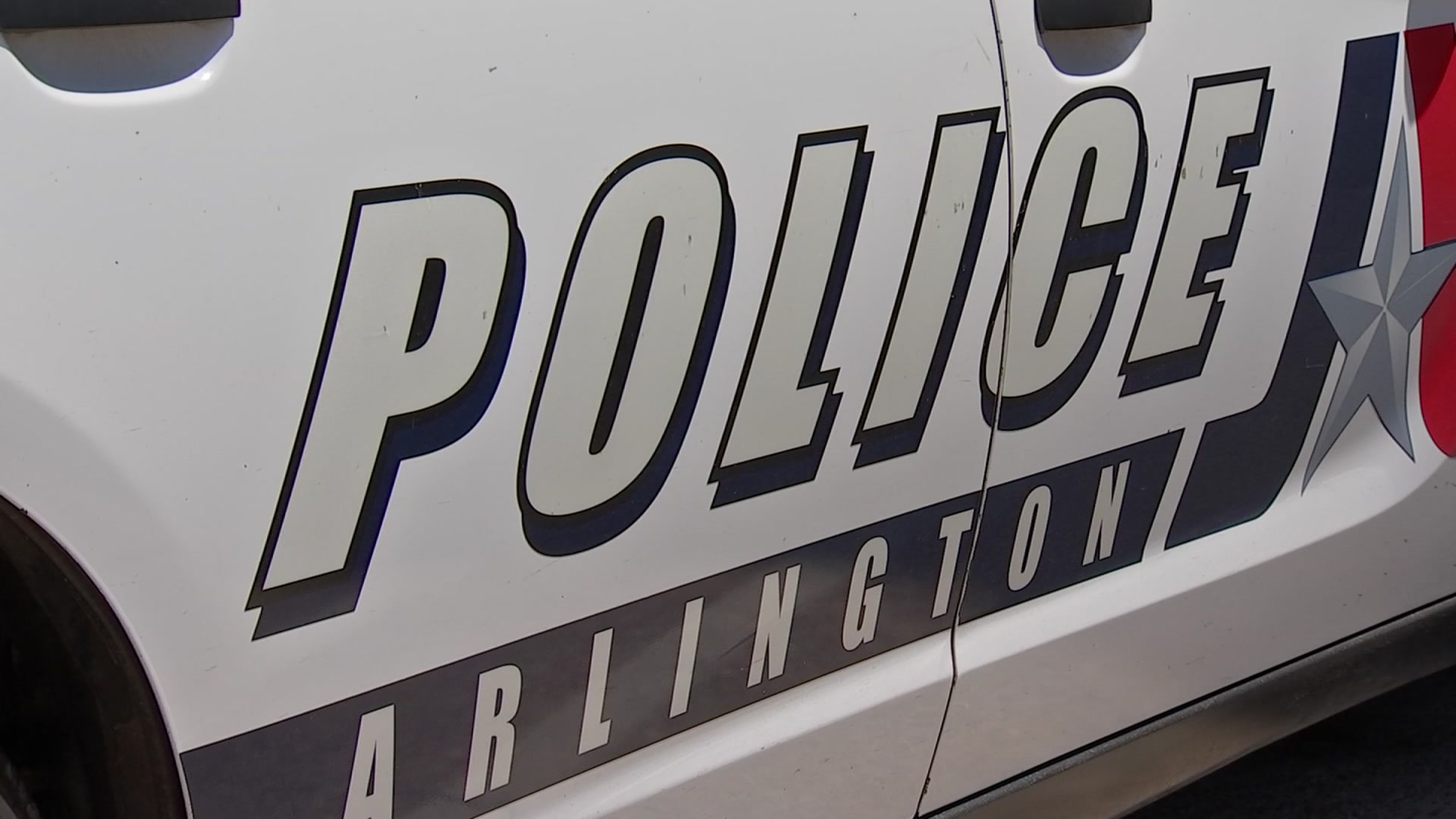The pictures show a plane sitting in an aircraft graveyard in the New Mexico desert. A close-up shot of the plane's skin reveals more about why it's now the focus of an Federal Aviation Administration investigation involving American Airlines.
NBCDFW.com obtained the pictures from an airline industry source. In one of them, you can see the typical aircraft rivets that hold the plane's skin together. But a closer look shows some of those rivets have been replaced by what looks like ordinary Phillips screws.
American Airlines said the screws are approved aircraft-quality parts, not the kind found at a local hardware store. But the question is, are they the right parts for repairing that particular section of the plane?
Aviation safety consultant Denny Kelly said the screwheads could be a problem because of where they're located -- near the rear pressure bulkhead, a critical section of the plane that keeps the cabin pressurized in flight.
"It can cause it to start cracking around the screw hole, around the rivet hole, and once it starts cracking, the crack could go wherever it wants to go, and eventually it could fail," Kelly said.
Failure of the pressure bulkhead can lead to rapid depressurization and potentially damage the plane.
Federal inspectors now want to know if the plane, AA #279, carried passengers in the condition shown in the photos.
Local
The latest news from around North Texas.
The airline insists the screw-like fasteners were only installed just before the plane was moved to the desert to be retired.
The FAA is also looking into allegations that the plane was taken to the New Mexico graveyard and retired to keep it out of sight from inspectors, a claim the airline denies.
NBCDFW.com has learned that a preliminary FAA report says inspectors also found another 16 American Airlines planes with what may be substandard repairs -- to pressure bulkheads.
American turned down a request for an interview, but provided a statement.
"Though the fasteners in question were aerospace quality, American voluntarily self-disclosed the discrepancy to the FAA, and the airplanes were removed from revenue service until inspections and appropriate maintenance actions were accomplished," the airline said in the statement. "Any actions or precautions taken during that time, whether airplane movements or repairs, were done with the highest level of safety in mind."
An FAA spokesman in Fort Worth would only say that the case is still under investigation.



